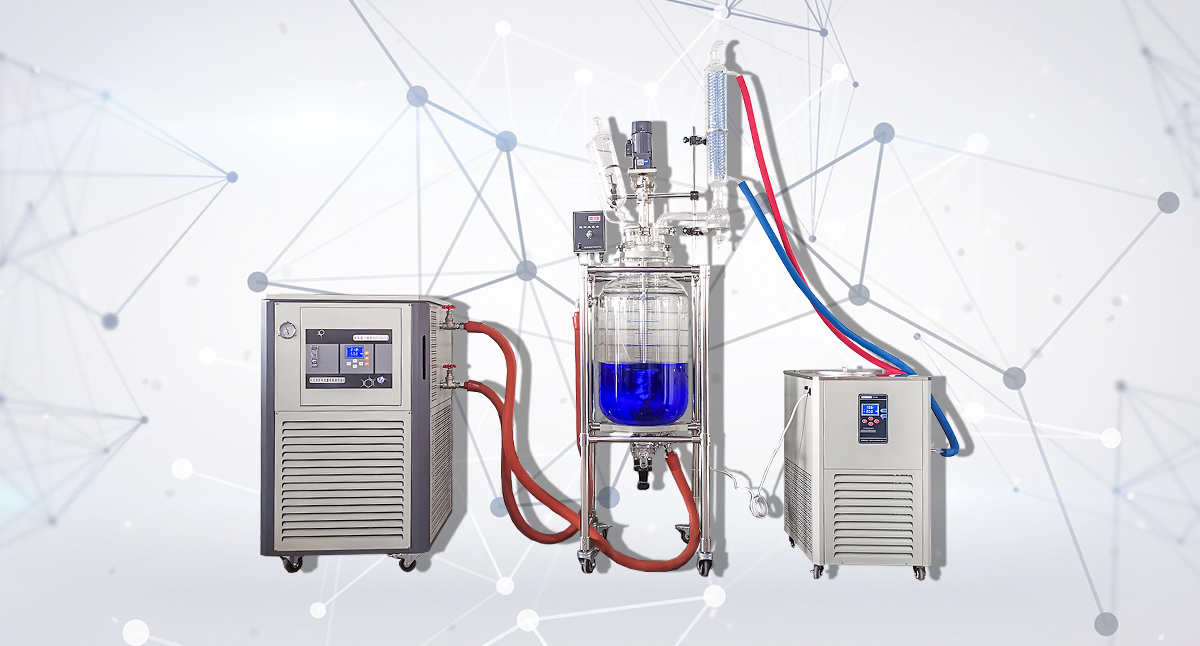Home > News > Product News > Guidelines for Safety Protection of Hazardous Chemical Equipment in High Temperature Weather Laboratories (Ⅰ)

Guidelines for Safety Protection of Hazardous Chemical Equipment in High Temperature Weather Laboratories:
Special management of reactor.
Prevent overheating accidents, ensure equipment lifespan, and focus on summer operation and maintenance.
Heating and cooling circulator+reactor: 4 key protection points in high temperature season
① Efficiency guarantee of cooling system
Daily inspection items: cooling tower/chiller flow rate (≥30L/min), coolant temperature (recommended ≤25℃)
Clean the cooling network: Clean the condenser dust every week in high temperature environments (dust accumulation can cause a 40% decrease in cooling efficiency)
Backup power configuration: In case of sudden power grid fluctuations, switch immediately to prevent the reactor temperature from getting out of control
② Safety management of thermal oil
Oil temperature monitoring: set dual alarms (first level alarm >150℃, second level automatic shutdown>180℃)
Oil change cycle: Reduce oil change time by 20% during the high temperature period in summer to avoid oil oxidation and coking
Anti leakage measures: Install high-temperature sealing gaskets (temperature resistance ≥ 300℃) on the flange interface, and wrap the oil pipeline with insulation layer
③ Environmental temperature control enhancement
Equipment spacing: Maintain a heat dissipation space of ≥40cm between the reactor and the wall/other equipment
Forced ventilation: Install explosion-proof exhaust fans (wind speed ≥0.5m/s) in the laboratory to avoid the accumulation of high-temperature gases
Air conditioning assistance: Control the ambient temperature between equipment rooms below 28℃ (equipment failure rate increases by 30% for every 5℃ temperature increase)
This guide is applicable to scenarios such as pharmaceuticals, chemical engineering, and university research and development. Regular implementation can reduce the risk of equipment failure by 80% during high temperature seasons. It is recommended that laboratory administrators print and post it in the equipment operation area.